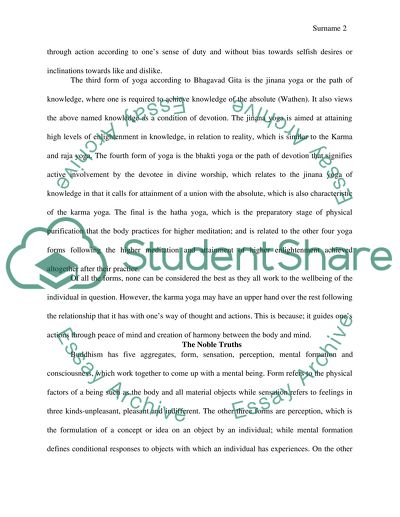Cite this document
(“Yoga, Buddhism and Lao Tzu Essay Example | Topics and Well Written Essays - 1250 words”, n.d.)
Retrieved from https://studentshare.org/philosophy/1461551-4-questions-of-asian-philosophy
Retrieved from https://studentshare.org/philosophy/1461551-4-questions-of-asian-philosophy
(Yoga, Buddhism and Lao Tzu Essay Example | Topics and Well Written Essays - 1250 Words)
https://studentshare.org/philosophy/1461551-4-questions-of-asian-philosophy.
https://studentshare.org/philosophy/1461551-4-questions-of-asian-philosophy.
“Yoga, Buddhism and Lao Tzu Essay Example | Topics and Well Written Essays - 1250 Words”, n.d. https://studentshare.org/philosophy/1461551-4-questions-of-asian-philosophy.


